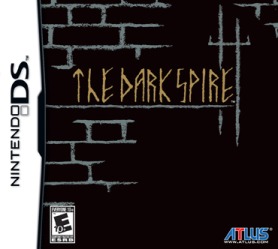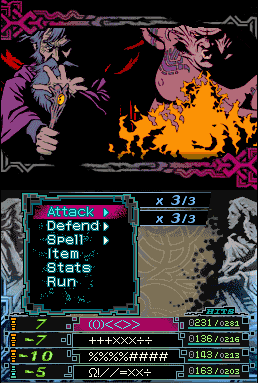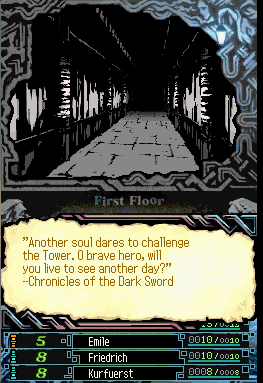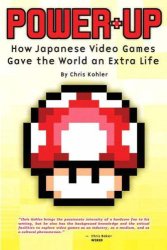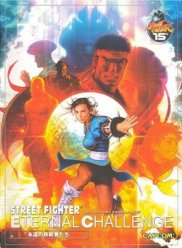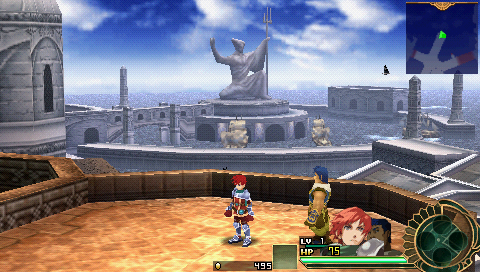
I figured it was only a matter of time, but now there's a relatively easy way you can hack ISOs to circumvent the firmware check on the more recent PSP releases, including Ys 7, Persona, Marvel Ultimate Alliance 2, and (I think) Gran Turismo. (There are other ways to make the Peace Walker demo work as explained somewhat awkwardly here.
First, make sure you're using 5.50 Gen-B2. I needed to upgrade from my really old 3.80 M33, which required a few steps, but went pretty smoothly. Next, grab this pack, which includes UMDGen and Game Decryptor.
Rip a copy of the ISO and open it in UMDGen. Export the filelist into "filelist.txt". Now, go into the PSP_GAME\SYSDIR directory, and extract the EBOOT.BIN file. Save it on the root of your memory stick.
Now, copy Game Decryptor to your PSP, and run it. It'll create a decrypted version of EBOOT.BIN and stick in the \Decryptor folder on your memory stick. Copy it back to your hard drive. Now, with UMDGen and the ISO file still open, import the old "filelist.txt" file, delete the old EBOOT.BIN and add the new EBOOT.BIN that was just created. Save it this as a new ISO and you should be set! If you run into any problems, make sure to disable any plugins and see if it works. Make sure you dig into the "Advanced" option in your Recovery Menu (hold R when booting) and disable those too.
I also ran into problems with IRShell, which didn't want to work properly with 5.50 GEN B2. It's not an essential program but I use it to create screenshots. Instead I grabbed Custom Firmware Extender 1.9.2, a plugin which also does screen caps (amongst other things) and works just fine with this firmware. Brilliant!
You can find a lot of useful information in this NeoGAF thread, mostly courtesy of one Mejilan. Our eternal thanks, we give, along with the intrepid hackers that make this possible!













